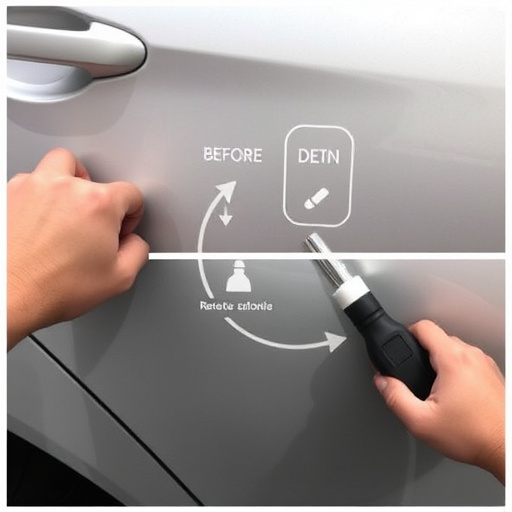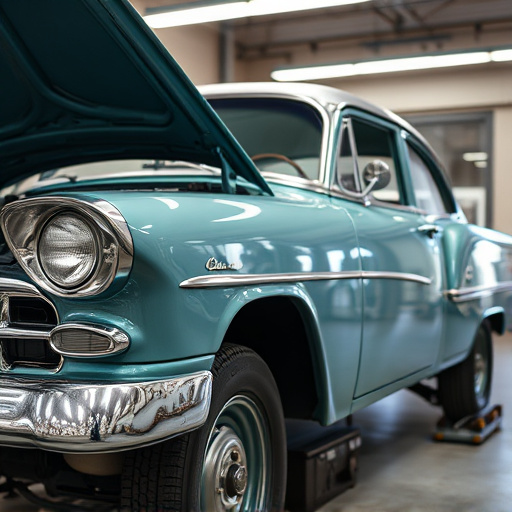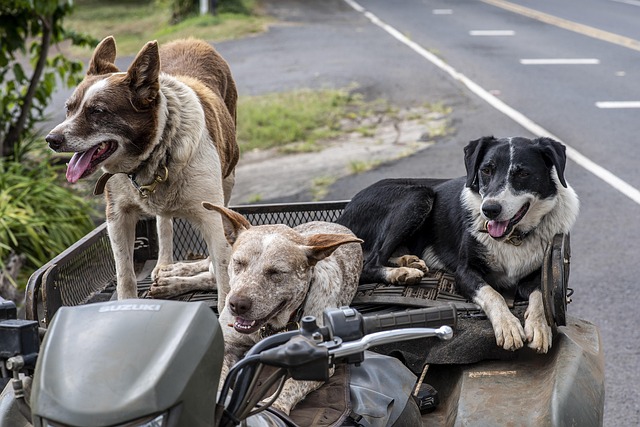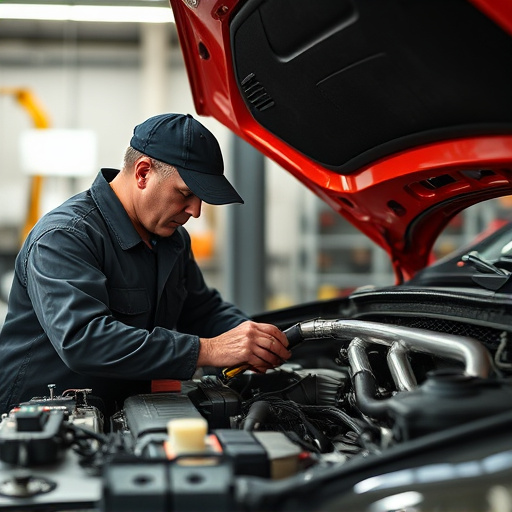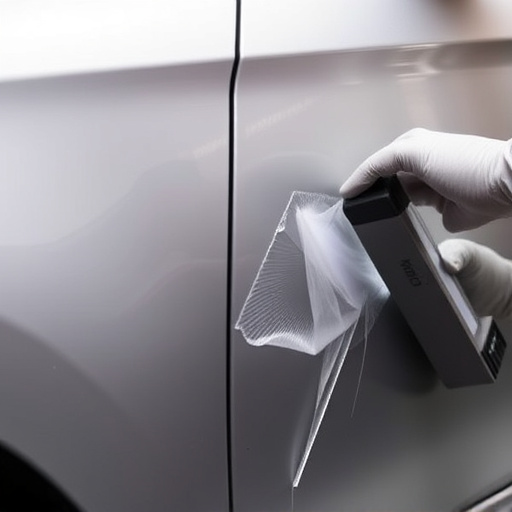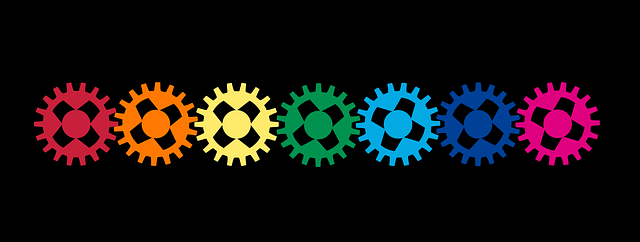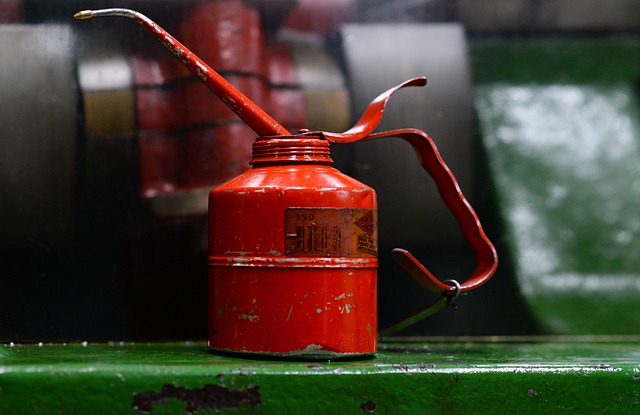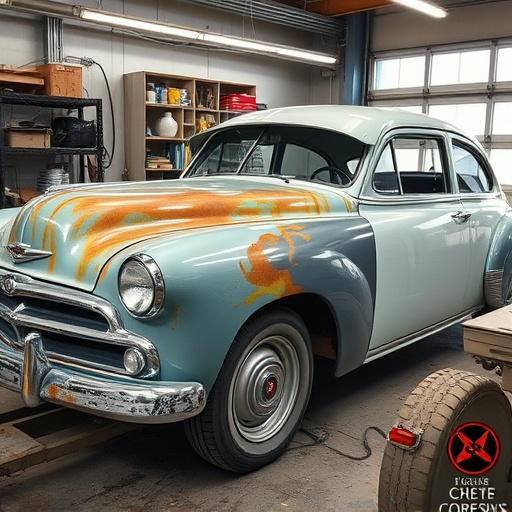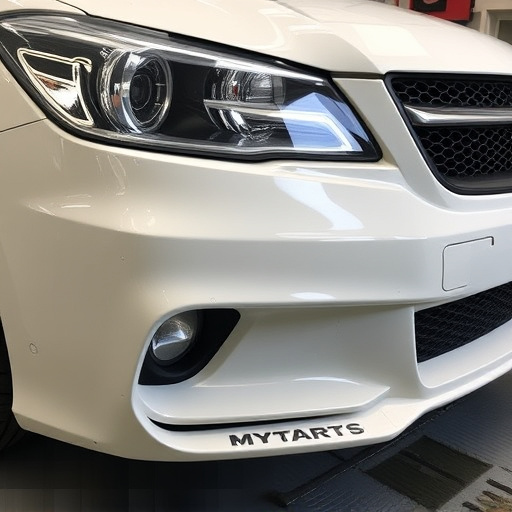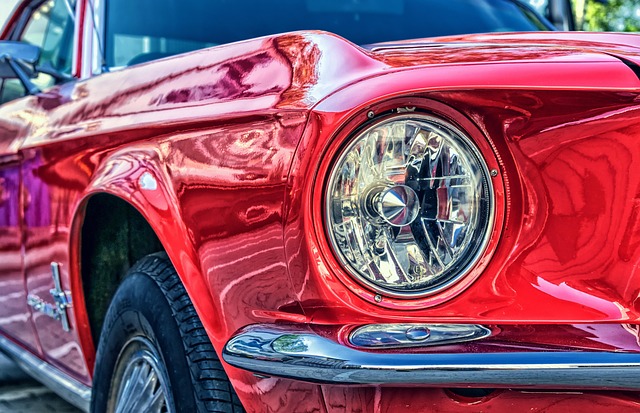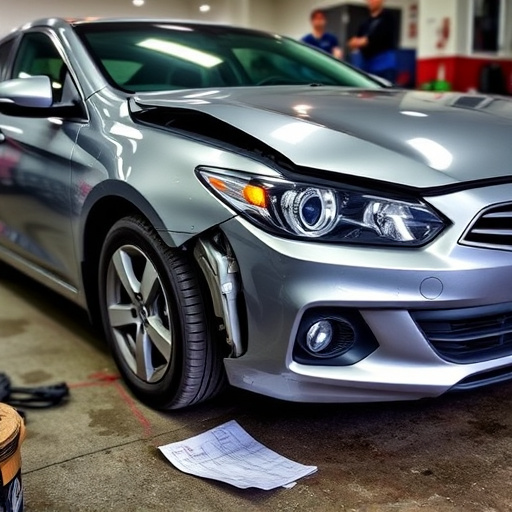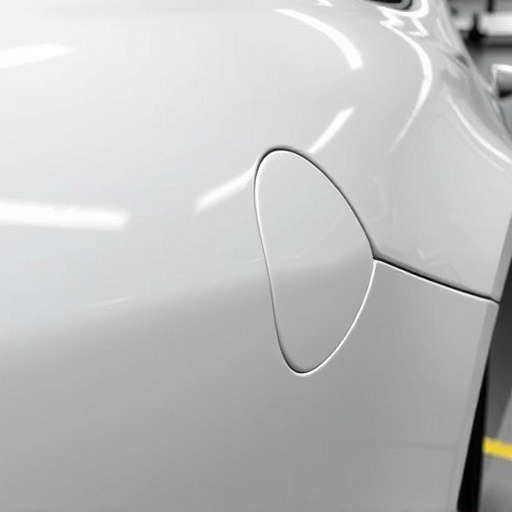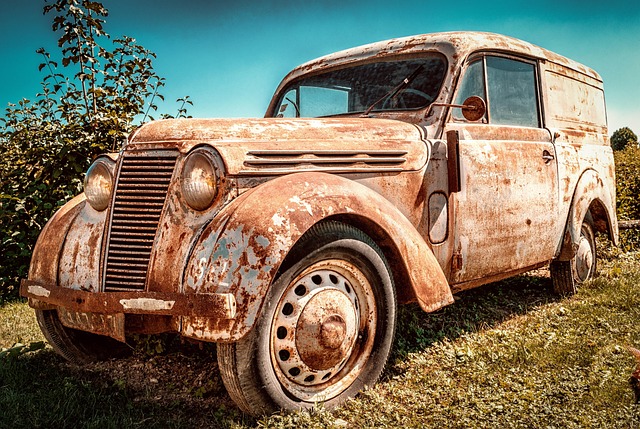SUV crash repairs demand specialized skills due to their robust design, advanced safety systems, and complex structural elements. Technicians require expertise in handling diverse materials, frame adjustments, precise alignment, and repairing modern safety features like airbag deployment mechanisms. The increasing popularity of SUVs highlights the need for qualified professionals with advanced SUV bodywork services knowledge.
SUV crash repair is a critical aspect of auto technology that demands specialized skills and knowledge. With SUVs becoming increasingly popular, understanding their unique structure and advanced safety features is essential for technicians. This article explores why SUV crash repair matters, delving into the distinct challenges posed by these vehicles’ complex designs. We’ll discuss advanced safety systems and emphasize the need for specialized tools and training to ensure effective and safe repairs.
- Understanding SUV Structure: Unique Challenges for Repair
- Advanced Safety Features: Impacts on Crash Repair Techniques
- Specialized Tools and Training: Essential for SUV Repairs
Understanding SUV Structure: Unique Challenges for Repair
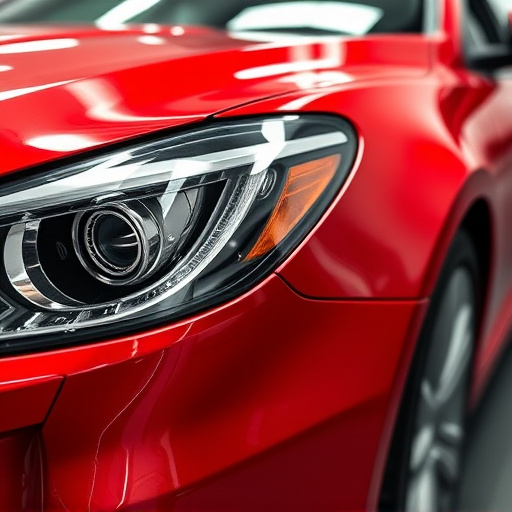
SUVs, known for their robust design and elevated driving position, present unique challenges when it comes to crash repair compared to traditional sedans or hatchbacks. These vehicles have a distinct structure characterized by a higher roof line, larger bodies, and often, integrated roof racks or crossbars. The impact of an accident on an SUV can lead to complex damage, affecting not just the exterior but also the intricate systems within.
For auto technicians, understanding these structural nuances is crucial when performing SUV crash repair. Body shop services for luxury vehicles require specialized knowledge and equipment due to their advanced safety features and sophisticated construction. A collision repair center equipped to handle SUVs must be adept at realigning frames, replacing crumple zones, and ensuring the integrity of the vehicle’s structure while also addressing potential issues with airbag systems and electronic components—all without compromising the luxury vehicle repair standard expected by owners.
Advanced Safety Features: Impacts on Crash Repair Techniques
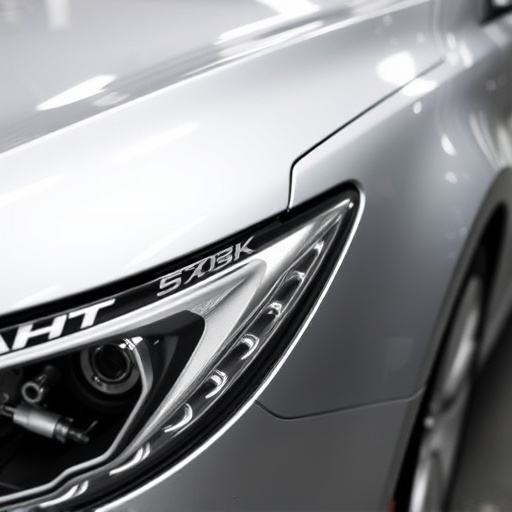
Advanced Safety Features: Transforming Crash Repair Practices
Modern SUVs are equipped with a myriad of advanced safety features designed to protect occupants and prevent accidents. These innovations, such as airbag systems, collision avoidance systems, and sophisticated sensors, significantly impact crash repair techniques. Auto technicians now face complex challenges when repairing these vehicles, as even minor impacts can activate safety mechanisms or compromise structural integrity. For instance, auto body shops must be adept at managing deployment and non-deployment scenarios of airbags to ensure optimal passenger safety.
Furthermore, luxury vehicle repair specialists need to stay abreast of technological advancements to offer precise repairs without disrupting the vehicle’s sophisticated safety network. This shift in crash repair demands a higher level of expertise and specialized training for auto technicians, especially when dealing with intricate systems like autonomous driving aids and advanced driver-assistance systems (ADAS). As these features become standard in SUVs, auto glass replacement and overall crash repair processes must adapt to meet the evolving needs of both vehicle owners and safety regulators.
Specialized Tools and Training: Essential for SUV Repairs
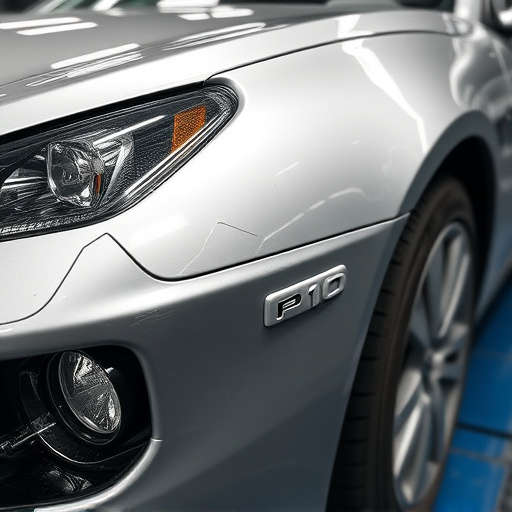
SUV crash repairs demand a unique set of skills and knowledge due to the specialized nature of these vehicles. Auto technicians require specific tools and training tailored for SUV repairs, which often involve more complex structures and safety features compared to regular cars. The increasing popularity of SUVs on the road underscores the need for qualified professionals equipped with advanced car bodywork services expertise.
Technicians must be adept at handling various materials, from lightweight aluminum to robust steel, common in SUV construction. Specialized training enables them to navigate intricate body panels, frame adjustments, and the precise alignment required to ensure vehicle safety and structural integrity after a crash. Effective SUV crash repair also encompasses knowledge of advanced safety systems, such as airbag deployment mechanisms and collision-responsive features, demanding a high level of proficiency from auto technicians.
In conclusion, the rise in popularity of SUVs has significantly impacted the automotive industry, presenting auto technicians with unique challenges in SUV crash repair. Understanding these vehicles’ distinct structural designs and advanced safety features is crucial for effective repairs. Specialized tools and comprehensive training ensure technicians are equipped to handle complex SUV crash scenarios, ultimately contributing to safer vehicle restoration and enhanced customer satisfaction. Prioritizing specialized knowledge in SUV crash repair is vital for keeping pace with modern automotive trends.
